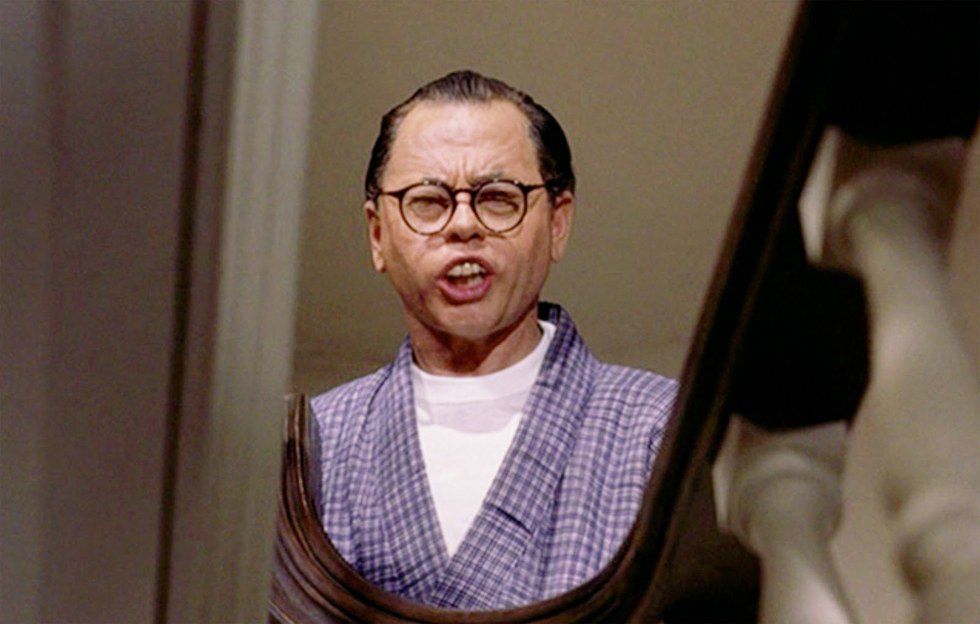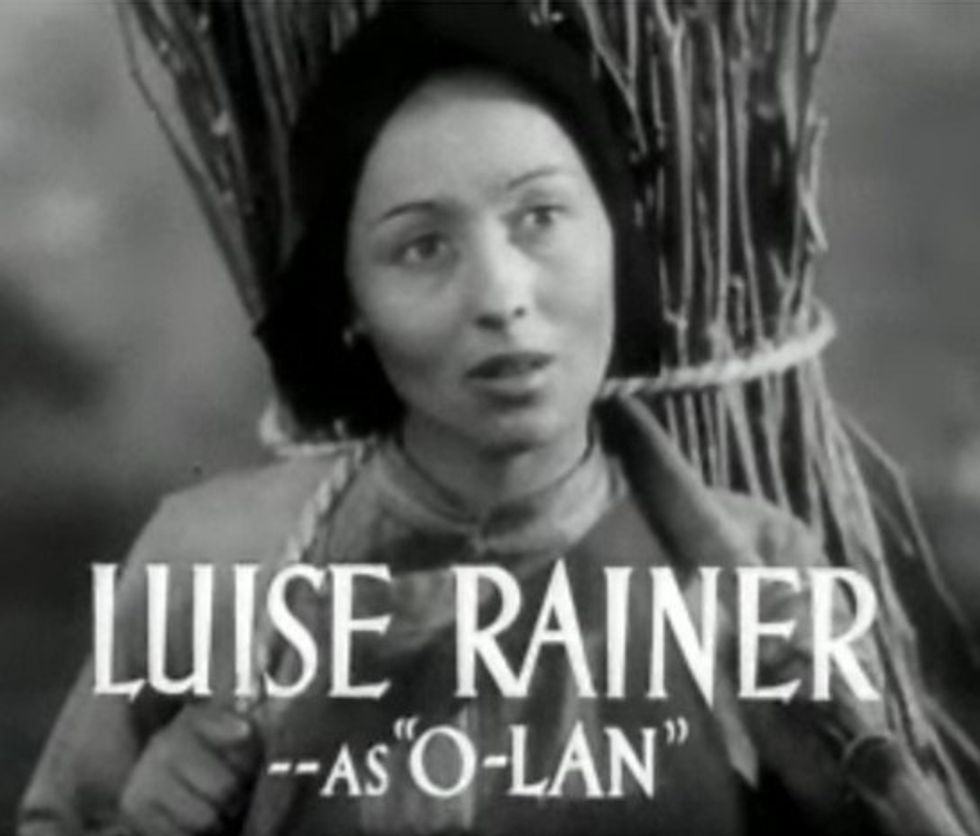Earlier this year, Scarlett Johansson was announced to be cast as the leading role in the upcoming film adaption of the anime "Ghost In the Shell." Immediately, the casting fell into controversy, with many fans disappointed in the casting of a white woman as the protagonist. Namely, because she has been cast as Major Motoko Kusanagi, a cyborg detective working in futuristic Tokyo.
The controversy was recently revived when Paramount Studios released a look at Scarlett Johansson as the Major. As if that wasn’t enough to stir the pot, sources close to the production revealed that there had been attempts to digitally alter ScarJo into looking more Asian. This immediately resulted in accusations of yellowface in addition to whitewashing, with “S.H.I.E.L.D” actress Ming-Na Wen and “Fresh Off the Boat” star Constance Wu voicing their dissatisfaction with the casting choices.
There have been some arguments defending the casting of Johannson, including the fact that the character of Motoko Kusanagi’s status of a cyborg supposedly transcends race. Others have moved that the casting of Scarlett Johansson has not whitewashed the character, because the designs within the source material – and anime in general — seem to be plenty whitewashed already.
I don’t try to claim what the intentions are behind the highly stylized designs in Japanese animation –mostly because, you know, I’m not Japanese. However, Kotaku already published an interesting article surrounding the wide-eyed, purple haired aesthetics involved in anime. And there is already plenty of discourse surrounding the potential Westernizing of character designs. But honestly, when I’m watching a show involving characters with Japanese names speaking in Japanese living in a Japanese city in Japan, I’m going to assume that maybe, just maybe, the pink-haired chick is most likely Japanese.
Either way, attempting to justify the casting of ScarJo as the Major is flawed in that it treats the casting of a white person in an originally Asian role as an isolated incident. Unfortunately, this is not so; this year also came with the announcement that Netflix was producing an adaption of the Death Note manga with “Paper Towns” star Nat Wolff as Light Yagami.
In order to understand the Internet uproar, it should be understood that Hollywood has a very ugly history surrounding its treatment of Asian characters and storylines.
Stories with Asian settings and characters have always had a place in Hollywood films. The 1944 war film “Dragon Seed” told the story of a Chinese village during the Second Sino-Japanese War. The 1956 epic film “The Conqueror” detailed the exploits of the infamous Mongol warlord, Genghis Khan. The 1931 film “Charlie Chang Carries On” followed the adventures of Chinese-American detective Charlie Chang. In each of these instances however, the Asian protagonists were portrayed by white actors in yellowface. “Dragon Seed,” though supposedly telling the story of a Chinese village, had a white majority cast. To add insult to injury, actress Aline MacMahon was later nominated for an Oscar for her role as Lin Tang’s wife.
This is not to mention one of the most infamous cases of yellowface, Mickey Rooney’s portrayal of I.Y. Yunioshi in the 1961 film “Breakfast at Tiffany’s.”
1930’s actress Anna May Wong was snubbed for the role of the Chinese heroine O-lan in the critically acclaimed film “The Good Earth” in favor of white actress Luise Rainer. Wong was instead offered the antagonist role of Lotus, which she rejected. Earlier, Wong had stated: "There seems little for me in Hollywood, because, rather than real Chinese, producers prefer Hungarians, Mexicans, American Indians for Chinese roles.”
"The Good Earth" would later win five Academy Awards, including "Best Actress" for Luise Rainer's performance.
The phenomena of Asian actors being at worst erased and at best given antagonistic or supporting roles within films about Asian stories has continued into modern cinema. In 2008, the movie “21” which was based off a group of Asian American students, casted Jim Sturgess, Jacob Pitts and Kevin Spacey in the lead roles. Last year, “Aloha,” a story about the quarter Chinese Hawaiian Allison Ng casted Emma Stone as the lead. And of course, last year Edward Zo caused a stir when he revealed that he attempted to audition for the part of Light Yagami in the upcoming “Death Note” film adaption, only to be told that they were not looking to cast Asian actors.
When placed within this context, it is very understandable that fans are upset over the casting of Scarlett Johansson as a Japanese character. When there is a history of portraying the “Orient” as a monoloith aesthetic one can simply put on, when white actors have historically benefited from playing whitewashed caricatures of Asian roles, Paramount Studios casting a white woman to play one of the most iconic anime characters of all times can be incredibly insulting.
“That’s all very sad,” you say, “But there just aren’t any bankable Asian stars for ‘Ghost in the Shell.’” Well. During last year’s 2015 acceptance speech, Viola Davis stated that “The only thing that separates women of color from anyone else is opportunity,” and I believe this applies to this situation. When Asian actors are literally being barred from auditioning for the roles of Asian characters, when 73.1% of characters in the top 100 films in 2014 are white, Asian American actors have the right to feel snubbed.
“Maybe Scarlett Johansson, a famous actor, cannot sympathize with those who feel they’ve been rendered invisible,” an anonymous source stated. “But she’s not above criticism for it.”

























